Ever wonder why your car shakes on the highway? Well, the tiny, hidden heroes are the cause. Wheel balancing is one of those essential car maintenance tasks that doesn’t always make it to the top of your priority list. Neglect it and you will certainly feel the consequences—literally. Steering vibrations, uneven tire wear, and compromised safety are all consequences of unbalanced wheels. At the heart of this process lie wheel balancing weights, tiny and incredibly powerful in their work for your vehicle. They are completely behind the scenes, keeping it steady, safe, and fuel-efficient.
In this blog, we will be unveiling everything you want to know about wheel balancing weights: why they matter, the different types available, and whether you should entrust a professional with their installation, or take the DIY route. Let’s go deeper into these small but mighty components that play a big role in your driving experience.
Why Do You Need Wheel Balancing in the First Place?
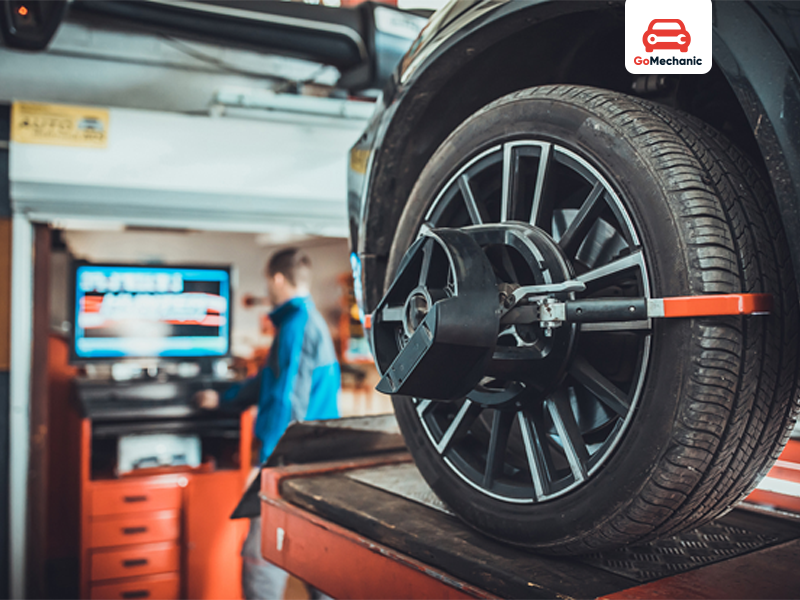
The Science of Wheel Balance
Every wheel and tire assembly, no matter how precise its manufacturing, has slight weight inconsistencies. When a wheel rotates, even a minor weight imbalance can result in uneven force distribution. At lower speeds, this may go unnoticed. But as you accelerate, these imbalances can cause vibrations that affect your car’s overall performance.
Do Read: Top 5 Tyre Brands in India: Best for Safety & Durability
What Causes Wheel Imbalances?
The causes of wheel imbalances can be very many, most of which are due to wear and tear or external factors such as road conditions. Here is a closer look at the main causes:
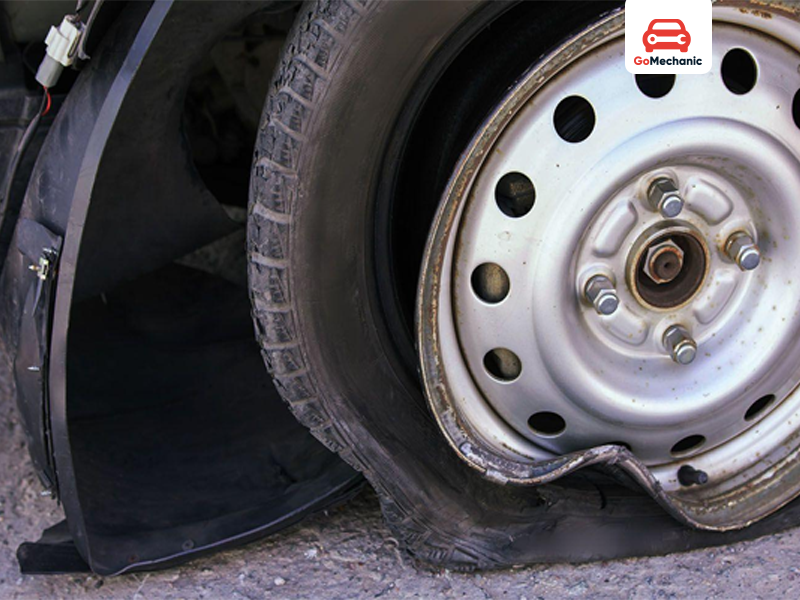
- Asymmetrical Tire Wear
As time passes, tires get worn asymmetrically especially when not properly rotated, aligned, and balanced. For instance:
- Failure to Rotate: The tires at the front corners and the ones at the rear differ with regards to stress levels. If this is not done, it might lead to wearing off faster on the front-end tires due to weight while causing imbalances.
- Driving Style: Harsh acceleration, braking, and cornering can increase uneven wear.
- Over- or under-inflation results in tires not touching the road evenly; this leads to uneven tread wear.
- Rim Damage
Rim is a structural support for the tyre. However, damage can make rims unbalanced:
- Potholes and Curb. Bending or denting a rim from hitting a deep pothole or grazing it at an angle can be uneven.
- Corrosion: It may rust, corrode to the rim resulting in uneven loading.
- Manufacturing Defects: In some, a rim manufacturing defect may even go unnoticed. Those are only evident when installed as wheel.
- Tire Repairs
Tire patched or plugged resulting in uneven distribution of weight since the patches add weight.
- Location of Repair: A patch on one side of the tire makes that side weigh more than the other.
- Repaired Tire Geometry: The repairing may sometimes shift the shape of the tire and will cause it to be uneven by a tiny percentage.
- Natural Aging
Both the tire and the rim deteriorate naturally due to extensive usage and become unequal over time:
- Tire Hardening: Rubber in tires loses its elasticity over time and can cause them to wear unevenly or even develop flat spots if left stationary for long periods.
- Deformation: Continuous exposure to road forces and heat cycles can cause minor deformations in the tire or rim structure.
Related: Best Tyre Companies in the World
Signs You Need Wheel Balancing
You can avoid costly repairs and safety hazards if you know the signs of wheel imbalance early. Here are the most common indicators:
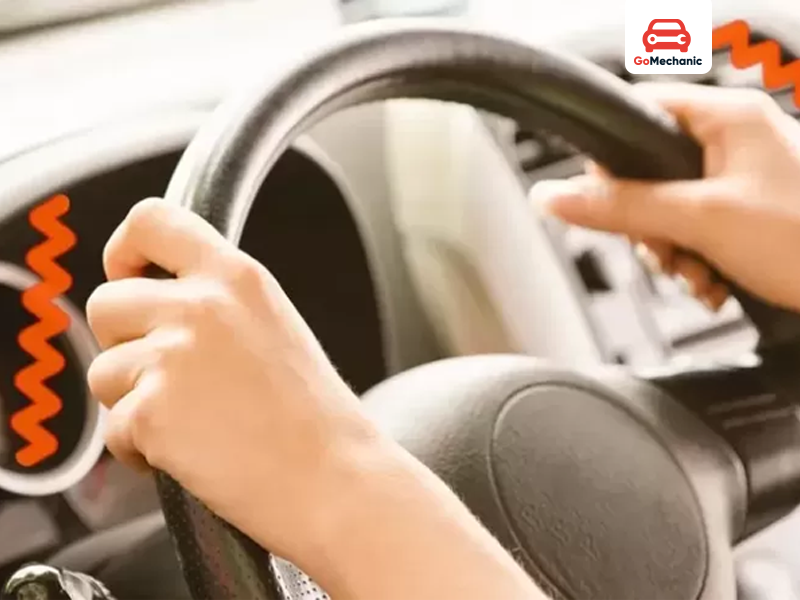
- Steering Vibrations
The most common sign of wheel imbalance is a vibrating steering wheel, especially at higher speeds (usually above 60 km/h). The vibrations are more pronounced when:
- Driving on highways.
- Turning or accelerating.
- The steering feels heavier or less responsive than usual.
- Tires Wear Irregularly
Unbalanced wheels often cause uneven wear on the tread. Parts of the tire tend to wear down faster, usually by one side or patchy areas:
- Feathering or Cupping: The tire surface starts showing scalloped or wavy patterns.
- Inner/Outer Edge Wear: Misaligned wheels together with imbalance will cause disproportionate wear along the inner or outer edge of the tire.
- Rough Ride
Unbalanced wheels tend to produce strange noises, which may be humming, droning, or thumping sounds. These noises usually increase with higher speeds. They occur because of the uneven rotation of the tires as a result of the unbalanced weight.
- Poor Handling
Wheel imbalances can affect your vehicle’s stability and handling. Here are some symptoms:
- Pulling to One Side: The car veers slightly to one side even when driving straight on a straight road.
- Reduced Cornering Grip: The vehicle might feel less stable while taking turns, as unbalanced wheels affect traction and stability.
- Braking Issues: Uneven wheel weights can interfere with the distribution of braking force, leading to reduced stopping power
Why Addressing These Issues Matters
Wheel imbalances may seem like just a ride-quality issue, but neglecting them can lead to many other problems:
- Premature replacement of tires, as they have excessive wear.
- More stress on suspension and steering components.
- More fuel consumption through higher rolling resistance.
What Are Wheel Weights and Why Do You Need Them?
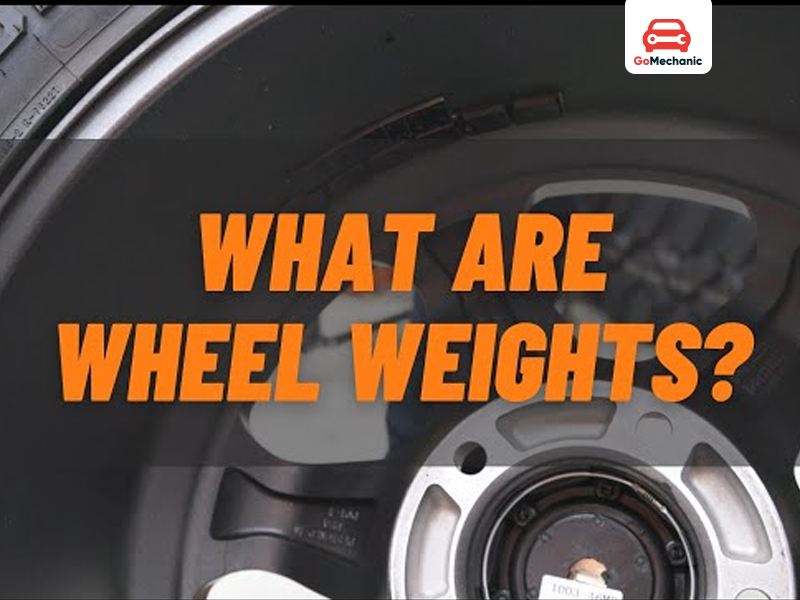
The wheel weights are well-engineered objects that help balance the uneven weight distribution of your wheels. They are mounted on the rim of the wheel so that the wheel will rotate without a hitch and wear out nothing but the expected mileage.
How Wheel Weights Work
Wheel balancing is performed using a special machine that measures weight imbalances in the wheel assembly. Once detected, wheel weights are applied to the specific areas on the rim. This to counterbalance these imbalances, restoring rotational equilibrium.
Also Read: 16 Cars in India with the Best-Looking Alloy Wheels!
Why Are They Essential?
Without wheel weights, your car’s wheels won’t rotate uniformly, causing vibrations that affect both the ride quality and the longevity of your tires and suspension system.
Types of Tyre Weights
Wheel weights are made in various materials and designs to suit different types of wheels and vehicles. Here’s a closer look:
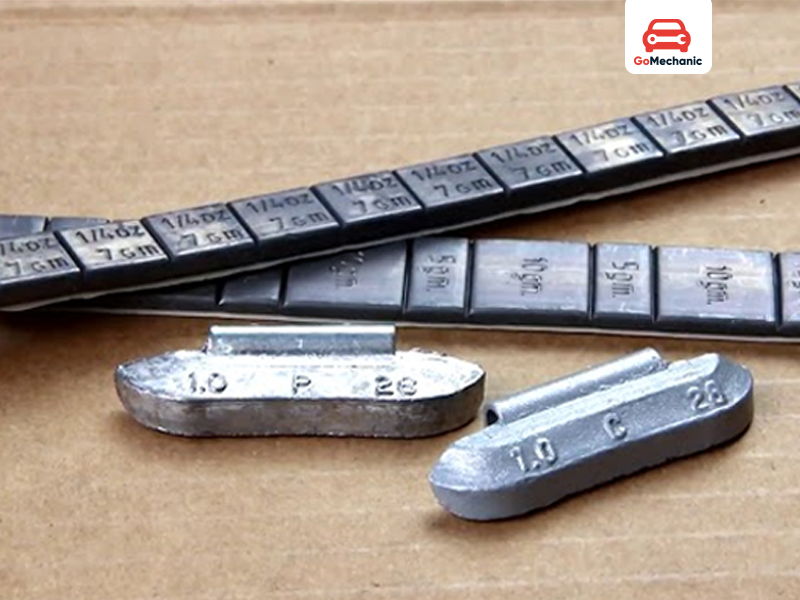
1. Clip-On Weights
- Material: Usually steel or lead.
- Usage: For steel rims, they clip onto the outer edge of the wheel.
- Advantages: Easy to install and effective for heavier wheels.
- Disadvantages: Not ideal for alloy wheels as they can cause scratches or damage.
2. Stick-On Weights
- Material: Zinc or plastic-coated steel.
- Usage: Alloy wheels; these weights have an adhesive backing to stick to the inner side of the rim.
- Advantages: Aesthetic-friendly and won’t damage alloy surfaces.
- Disadvantages: Adhesive can weaken over time, especially in extreme weather conditions.
3. Adjustable Modular Weights
- Material: Composite or steel.
- Usage: Commonly used for high-performance vehicles that require precise balancing.
- Advantages: Customizable for dynamic weight distribution.
- Disadvantages: More expensive and harder to find.
4. Eco-Friendly Weights
- With environmental regulations phasing out lead-based weights, manufacturers now produce eco-friendly alternatives using zinc, steel, or composite materials.
Why Are Wheel Weights Important?
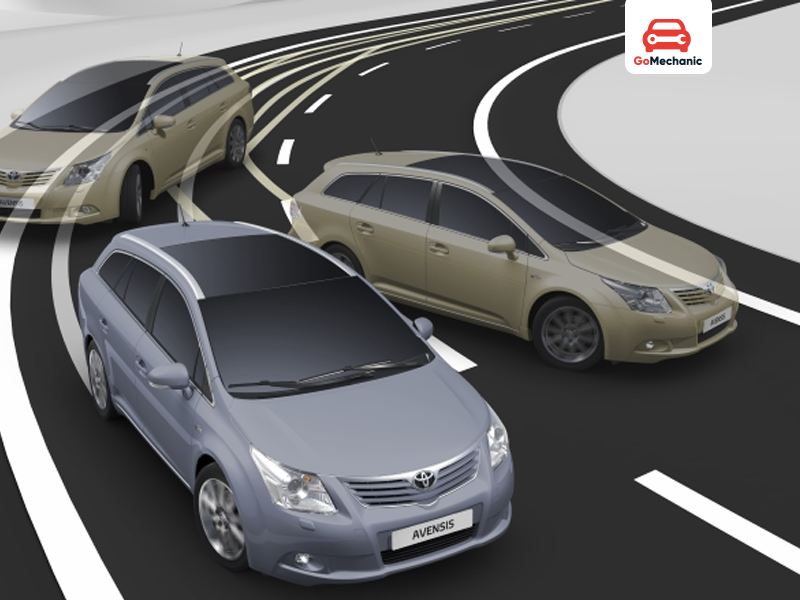
- Comfort: Balancing the wheel weights eliminates annoying vibrations caused by uneven balance.
- Longer Life of Tires: Balancing wheels prevent irregular wear, prolonging the lifespan of your tires.
- Fuel Efficiency: Balanced wheels decrease rolling resistance and increase your car’s fuel economy.
- Vehicle Stability: A well-balanced wheel will always provide better grip on the road and increased safety.
- Less Maintenance Costs: Balanced wheels make a lesser load on suspension parts, hence reducing the chances of expensive repairs.
In a commercial vehicle such as a truck or a bus, unbalanced wheels can cause dreadful operational inefficiencies and safety hazards, mainly while traveling long distances.
- Without Wheel Balancing: Vibrations worsen over time, leading to driver discomfort and potential safety risks.
- Tires wear unevenly, causing frequent replacements and additional costs.
- Stress on suspension components results in expensive repairs.
Should You Install Wheel Weights Yourself?
This may sound like a good place to save money; however, these are some reasons why DIY installation is best left in professionals’ hands:
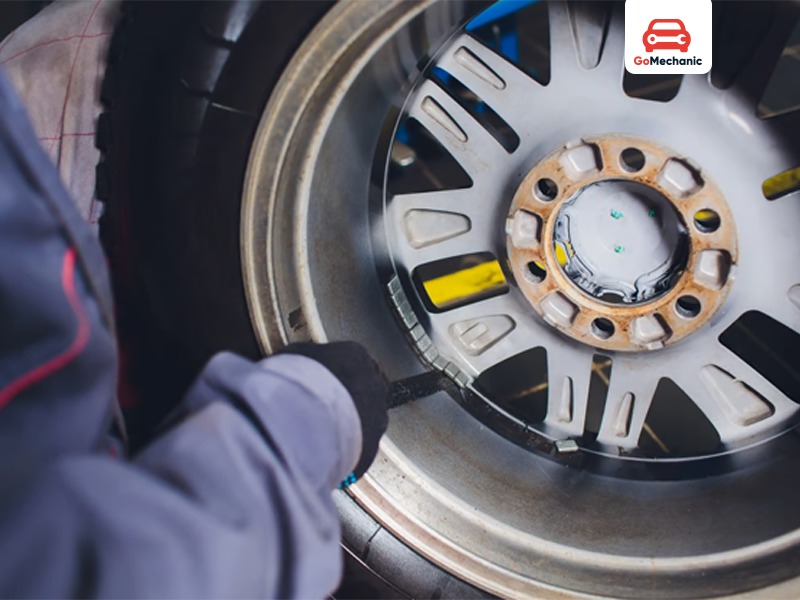
Problems in a small DIY shop:
- Precision Issues: Balancing requires special machines to measure weight distribution precisely.
- Damage Risks: Poor installation can damage the wheels or weights, and that costs more.
- Time-Consuming: Without proper knowledge, balancing may take much more time.
Expert Tip:
- Visit a trusted service center. Professionals do not only balance your wheels precisely but also ensure that weights are well attached to prevent future hassle.
Common Myths About Wheel Balancing Weights

- Myth: Only high-speed drivers need wheel balancing.
- Reality: Imbalances affect handling and safety at any speed.
- Myth: Wheel weights are unnecessary for new tires.
- Reality: Even new tires may have slight weight inconsistencies.
- Myth: Stick-on weights always fall off in bad weather.
- Reality: Modern adhesives are highly durable and weather-resistant.
Conclusion: Don’t Underestimate These Tiny Heroes
A small wheel balancing weight may have significant implications on driving comfort. They provide a smoother ride, protect your tires, save you money on fuel and repairs. However,much people might want to do-it-yourself, it is always better to allow the experts to get an accurate and longer lasting outcome. The next time you take your vehicle into the auto shop for service work, be sure to ask about wheel balancing. It is a simple but critical step to ensure that your car runs at its best, keeping you safe, comfortable, and efficient on the road. Safe travels!






[…] Wheels weighting towards a side more than the other, when spinned freely […]
Why is my wheel still wobbling after getting new tires, balance and rotation?
The source of your trouble could be a deeper issue with your tyres. We would suggest you book a comprehensive tyre service with GoMechanic.